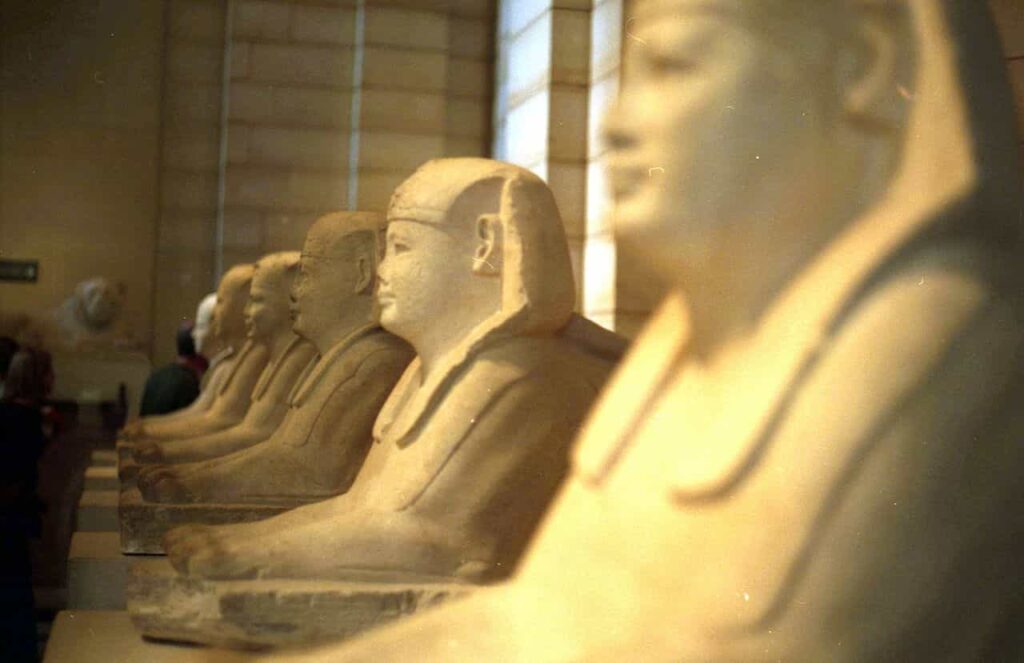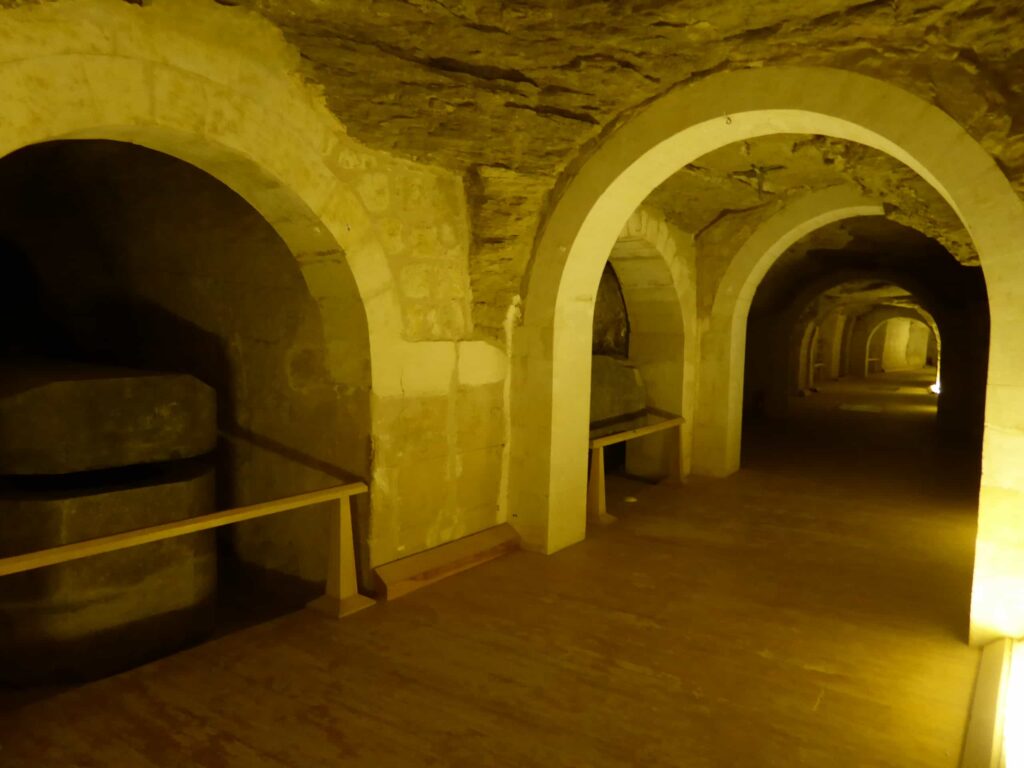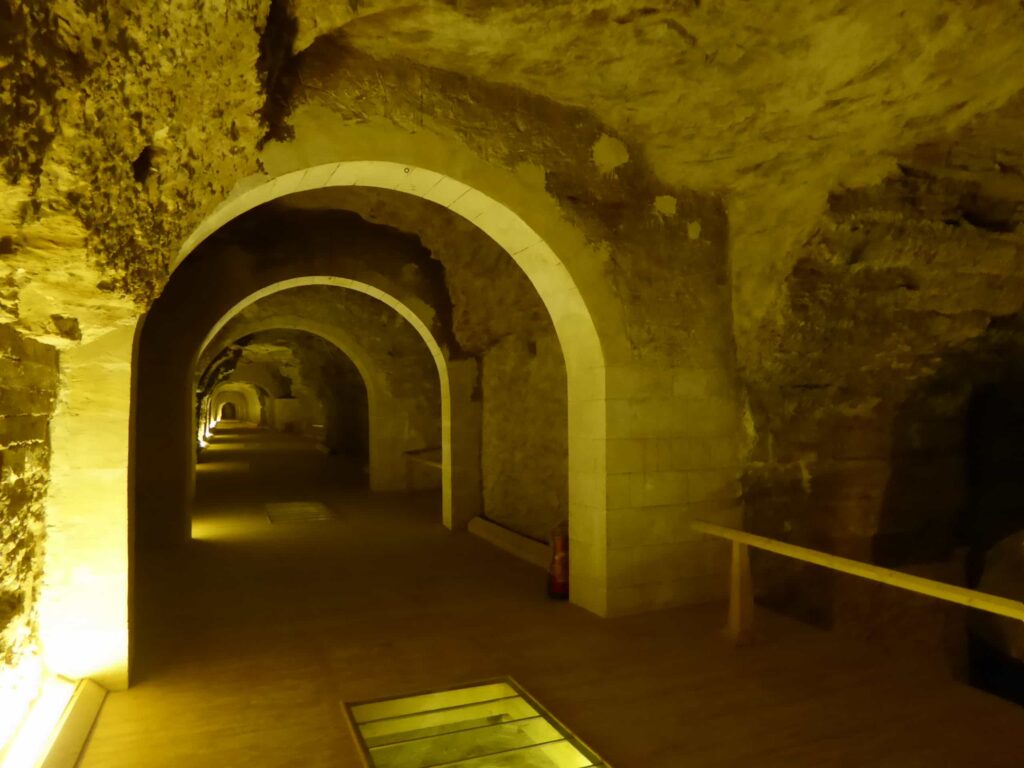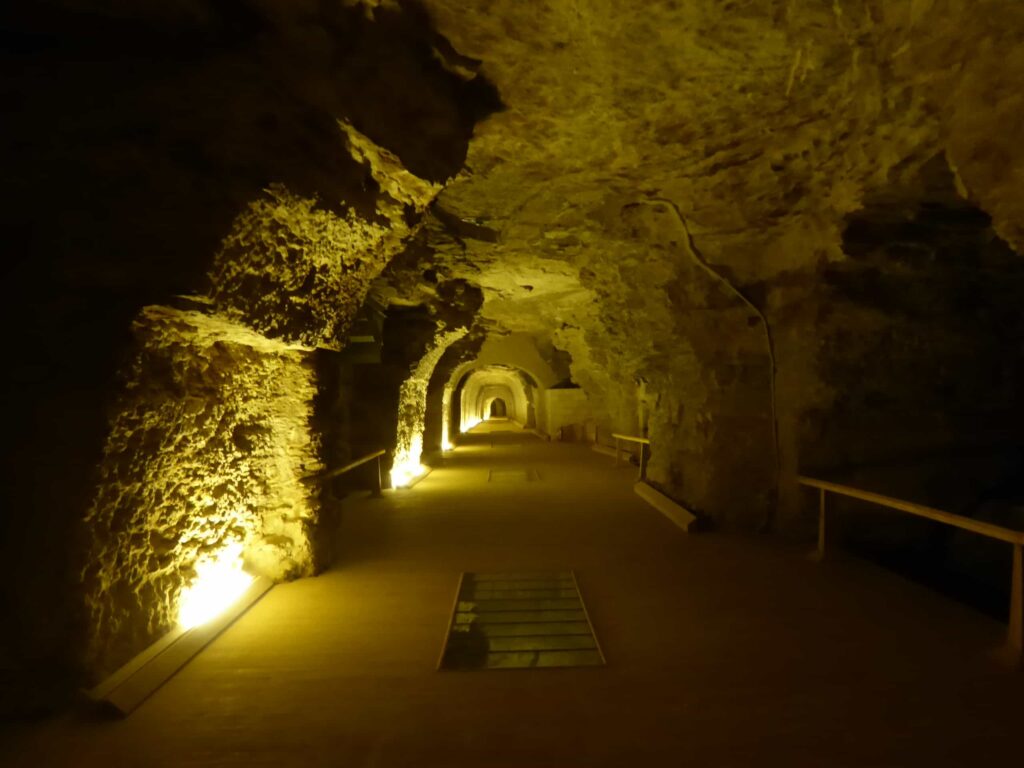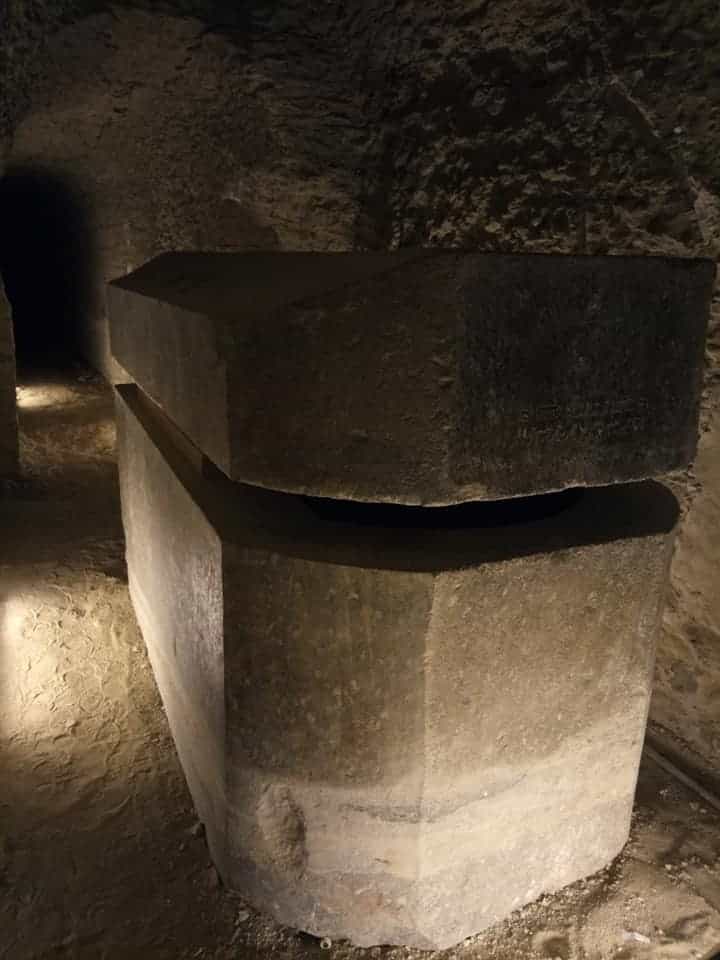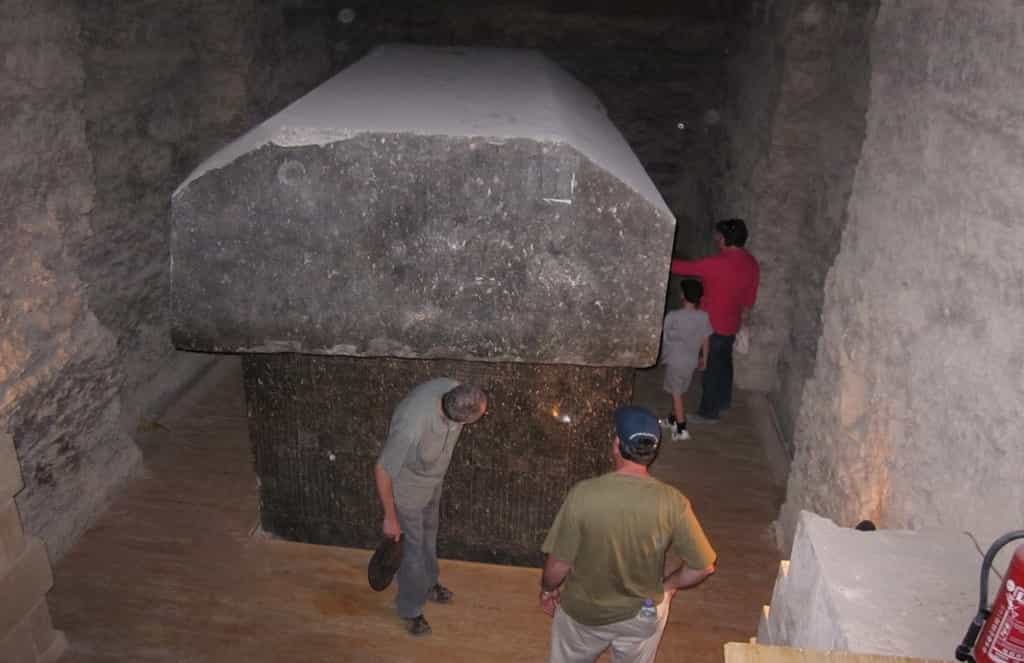The Serapeum is a name commonly used to refer to the building that was associated with the cult of the Apis bulls or the later composite god Serapis. In reality, there were two Serapeums, one in Saqqara and the other in Alexandria.
The Saqqara Serapeum was primarily associated with the Apis bulls, while the Alexandria Serapeum served as the center of the Serapis cult. In fact, these two complexes had distinct purposes, with the Serapeum in Alexandria having more Greek origins, while the one in Saqqara was constructed at least as early as the 18th Dynasty. This article will focus on the earlier structure in Saqqara.
The Serapeum is the site where the sacred Apis bulls were buried. These bulls were believed to embody the sun god Ptah, so when one died, it was buried in a sarcophagus with great ritual celebration to promote its rebirth. The priests then looked for a successor. Although we know of 67 Apis bulls, there were likely many more.
After the bull was embalmed, its corpse was transported along the holy road from Memphis to Saqqara. The calves that died were also ceremonially buried.
Napoleon’s expedition had searched for the Serapeum in vain, but the archaeologist Auguste Mariette discovered the complex in 1850, during the early days of archaeology.
In 1850, the Frenchman Auguste Mariette, interested in the study of Egyptian hieroglyphs and the Coptic language, was commissioned by the Louvre Museum to travel to Egypt to search for Coptic, Syriac, and Arabic manuscripts. He was tasked with acquiring as many as he could find to maintain the primacy of the Parisian museum over other public and private collections.
However, due to his inexperience and lack of knowledge of the area, he was not very successful in his mission. To avoid returning to France empty-handed and fearing that this might be his last opportunity to visit the country, he persuaded a group of Bedouins to serve as his guides and dedicated himself to touring monuments, temples, and archaeological sites.
While visiting the Memphis necropolis and the Step Pyramid of Djoser at Saqqara, he observed the head of a sphinx protruding from the desert sand near the pyramid.
To excavate it, he hired a group of 30 workers who gradually uncovered an entire avenue flanked by sphinxes (it is estimated that there were approximately 600 sphinxes, some of which can be seen today in the Louvre Museum).
Furthermore, the avenue led to an underground complex, which turned out to be the Serapeum.
As the excavations continued, Mariette and his team finally reached the courtyard of a buried temple. During this excavation, he discovered the famous “Seated Scribe” statue, as well as the statue of the dwarf god Bes.
On November 12, 1851, Mariette used explosives to break the entrance to the underground complex and managed to gain access to the interior. What he found inside far exceeded his expectations.
In addition to the enormous and spectacular sarcophagi of more than 60 bulls that spanned from the time of Amenhotep III (reigned c. 1390-1353 BC) to that of Ptolemy X Alexander (110-88 BC), he discovered the intact tomb of Prince Khaemweset, son of Ramesses II.
The Serapeum consists of a large tunnel with more than 30 side chambers connected by corridors and passageways that contain the sarcophagi of the bulls. Unfortunately, all of them were empty at the time of discovery. This great gallery had been built by the order of Prince Khaemweset between 1279 and 1213 BC.
Another gallery had been added to it in the time of Psamtik I (664-610 BC), which was later enlarged by the Ptolemaic dynasty to reach 350 meters in length by 5 in height and 3 in width. A new service gallery was also built. In total, the complex is about 7 kilometers long.
The impressive sarcophagi of the bulls are made of granite and diorite, and some weigh up to 70 tons (including the lid), being among the largest in antiquity. The animal mummies were destroyed by the Coptic monks who settled near the Serapeum when the Roman Emperor Honorius ordered it closed forever.
But before that, in Ptolemaic and Roman times, the complex formed a vast sacred perimeter linked to the valley by the famous dromos described by Strabo.
At the end of this road, there was an esplanade where Greco-Roman sanctuaries and temples were built, including a hemicycle dedicated to Greek writers and philosophers, whose statues are kept in the Egyptian Museum in Cairo and are the only representations of these characters that have come to light in our days.
A little further north on the road was a chapel dedicated to Apis containing a life-size statue of the bull god, with a sun disk clamped between its horns. Today it is kept in the Louvre.
